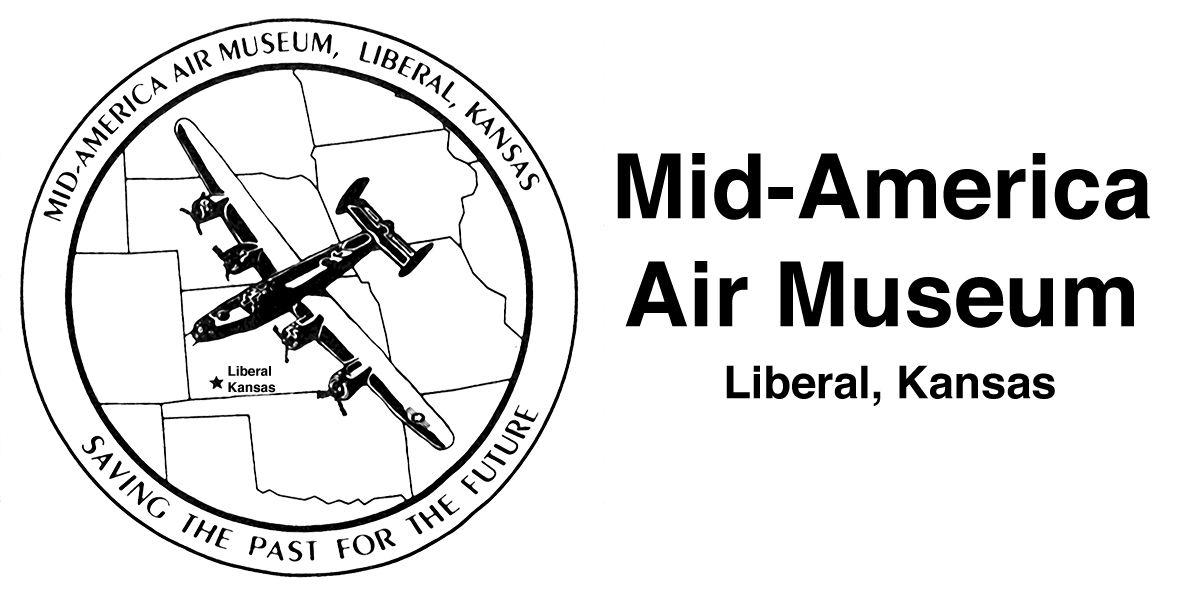Preserving History through Effective Communication: The Role of a Paper Editor in Museum Exhibitions
Introduction
Museums are a vital source of historical information and education for the public. They serve as gatekeepers of our cultural heritage and have a responsibility to communicate this heritage accurately and effectively. However, with the vast amount of information that museums hold, it can be challenging to present it in a way that is accessible and understandable to visitors. One tool that can help museums achieve effective communication is a Bettertxt.com, a professional who specializes in refining and enhancing written material for clarity, accuracy, and coherence.
The Importance of Effective Communication in Museum Exhibitions
Museum exhibitions are one of the primary ways that museums communicate their collections and research to the public. However, effective communication is critical to the success of these exhibitions. Visitors come to museums with varying levels of knowledge, interests, and backgrounds. Effective communication ensures that visitors leave with a clear understanding of the exhibition's content and significance. Effective communication also ensures that visitors remain engaged and interested in the exhibition, making them more likely to return to the museum in the future.
The Role of a Paper Editor in Museum Exhibitions
A paper editor can play a crucial role in ensuring effective communication in museum exhibitions. The following are some of the ways a paper editor can contribute to the success of a museum exhibition:
Refining Written Material
Museum exhibitions often include written material such as exhibit labels, brochures, and guides. A paper editor can refine this material for clarity, accuracy, and coherence. The editor can ensure that the language is accessible and understandable to visitors of all ages and backgrounds. The editor can also verify the accuracy of the information presented and ensure that it is consistent with the museum's research and collections.
Creating Consistency
Museum exhibitions often involve collaboration between multiple departments and individuals, resulting in a diverse range of written material. A paper editor can create consistency across this material by establishing a style guide for the exhibition. The editor can ensure that all written material adheres to this guide, creating a cohesive and unified experience for visitors.
Ensuring Accessibility
Museum exhibitions should be accessible to visitors of all abilities. A paper editor can ensure that the written material in the exhibition is accessible to visitors with visual, auditory, and cognitive disabilities. The editor can also ensure that the language used is inclusive and does not exclude or marginalize any group of visitors.
Creating Engagement
Museum exhibitions should engage visitors and encourage them to explore and learn. A paper editor can contribute to this engagement by creating engaging and interesting written material. The editor can use storytelling techniques to bring the exhibition's content to life and create a narrative that visitors can follow. The editor can also use visuals, such as images and diagrams, to enhance the written material and make it more engaging.
Examples of Effective Paper Editing in Museum Exhibitions
The following are some examples of effective paper editing in museum exhibitions:
The National Museum of African American History and Culture
The National Museum of African American History and Culture in Washington, D.C., is an example of effective paper editing in museum exhibitions. The museum's exhibit labels are concise and accessible, using language that is understandable to visitors of all ages and backgrounds. The labels are also inclusive, using terms such as "enslaved people" instead of "slaves" and "enslavers" instead of "masters." The labels use storytelling techniques to create a narrative that visitors can follow and engage with.
